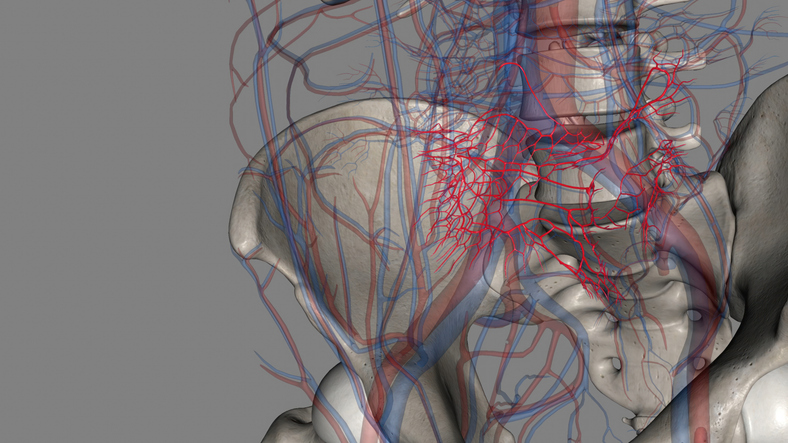
Because the impact of the interval between ileal pouch–anal anastomosis and loop ileostomy closure on endoscopic pouch inflammation has not been well defined, a research group aimed to assess whether delayed loop ileostomy closure increases patients’ risk for endoscopic pouch inflammation. Results were published in Crohn’s Colitis 360.
This was a cohort study of 290 patients with ulcerative colitis who underwent ileal pouch–anal anastomosis. They were divided into two groups: early closure (n=217; 12-116 days) or late closure (n=73; more than 180 days) based on the interval between ileal pouch–anal anastomosis and loop ileostomy closure. The late-closure group was subdivided by indication for delay, which included postoperative complications as well as nonmedical reasons. The primary outcome was the development of endoscopic inflammatory pouch disease. which was a composite of pouch disease activity index score ≥4, mucosal breaks beyond anastomotic lines, and diffuse pouch inflammation.
Compared with early closure, late closure for both nonmedical (P=.43) and pouch-related surgical (P=.80) complications were not found to be associated with development of endoscopic inflammatory pouch disease. Although delaying ileostomy closure due to patient preference or logistical limitations did not result in increased risk for endoscopic pouch inflammation, the researchers noted that there appears to be an association with extraintestinal manifestations of endoscopic inflammatory pouch disease, suggesting the need for vigilant surveillance of these patients.
Source







 © 2025 Mashup Media, LLC, a Formedics Property. All Rights Reserved.
© 2025 Mashup Media, LLC, a Formedics Property. All Rights Reserved.